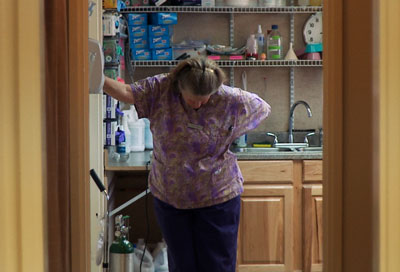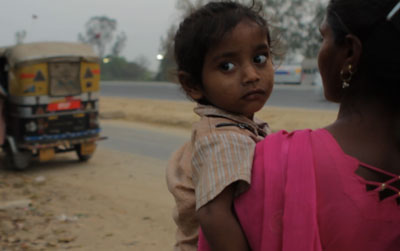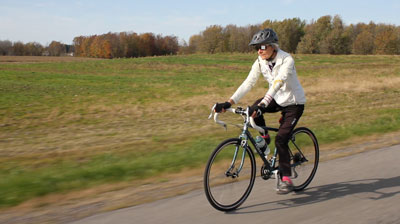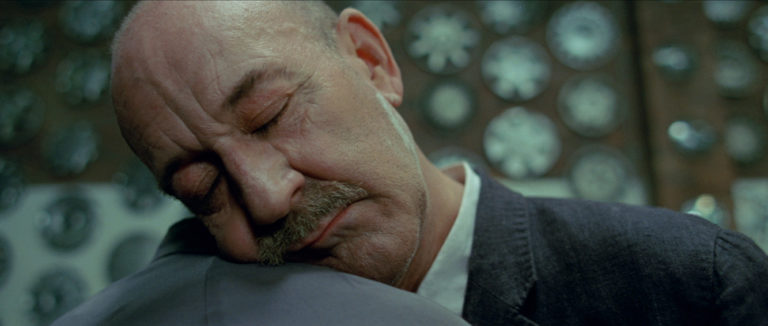Since the assassination of Dr. George Tiller in Kansas in May 2009, there are only four American doctors left who openly provide third-trimester abortions. After Tiller paints a complex, compassionate portrait of these physicians—Dr. LeRoy Carhart, Dr. Warren Hern, Dr. Susan Robinson and Dr. Shelley Sella—who have become the new number-one targets of the anti-abortion movement, yet continue to risk their lives every day to do work that many believe is murder, but which they believe is profoundly important for their patients’ lives.The film weaves together revealing, in-depth interviews with the doctors with intimate véritéscenes from their lives and inside their clinics, where they counsel and care for their anxious, vulnerable patients at an important crossroads in their lives. By sharing the moving stories of several of these patients, After Tiller illuminates the experiences of women who seek late abortions and the reasons why they do so.
Summary info for schedule – will be hidden on film page

After Tiller
88-minutes
Screening day / time
After Tiller
After Tiller
Filmmaker Notes:
Reality is complicated. Yet when it comes to the abortion issue in America, we are often presented with two very different, black-and-white versions of what is right and what is wrong—no exceptions granted. As a result, the nation’s shouting match over abortion has become increasingly distanced from the real-life situations and decisions faced by those people most intimately involved—the physicians and their patients. It was for this reason—and with a desire to shed more light, rather than more heat, on this issue—that we decided to go inside the lives of the last four late abortion doctors in America with After Tiller.
We chose to explicitly frame our film as being from the point of view of these four doctors. Given the amount of violence directed towards abortion providers since the passing of Roe v. Wadein 1973, the murder of Dr. George Tiller in 2009 being only the most recent example, these doctors have frequently been forced to live in the shadows. As filmmakers, our goal was to give these doctors a voice. One of the most interesting things we discovered through interviewing the doctors is that they recognized the moral and ethical complexity in doing this work better than anyone—in fact, they struggle with the issues at the heart of this debate every day.
It is a given, of course, that mainstream news coverage related to abortion must allot equal time to both sides of the issue, but as independent filmmakers, we were free from any such restraints. We chose to limit the scope of our film because it allowed us to tell much deeper and more intimate stories, and yet as the film evolved, we began to recognize that many of the doctors’ personal moral and ethical struggles were reflected in the larger national debate over abortion.
Likewise, the patients who came to these doctors for late abortions were not pro-choice political zealots. They were women from a huge variety of socio-economic and religious backgrounds, and they were racked with guilt, sadness, anger, and even ambivalence about their decisions. The reason so many patients agreed to participate in the film is because they never thought they would end up in such a desperate situation, and saw sharing their stories as the only way anyone could possibly understand. This is a refrain echoed by the doctors in the film, and was also part of the reason they decided to participate. They thought that if more Americans could meet them, and hear where they were coming from—even if they still disagreed with the work that they did—they at least might not want to kill them.
We decided to represent the anti-abortion movement as it is experienced by the doctors themselves—as a constant presence in the background, whether standing outside their clinics in protest, or lurking in the air as a potential threat—but not as the main story. We were careful not to portray the protestors in any extreme or cartoonish way, but rather, in the moments we do have with them, to hear the more reasonable arguments they have against late abortion.
The doctors in our film would be the first to acknowledge that people can disagree about this subject. But they are also absolutely dedicated to their work, and see it above all as something that helps women and alleviates suffering. In this way, their motivations are the same as those of any other doctors. What is different, of course, is that because of the nature of their jobs, these four doctors are more controversial and targeted than any others in the country. It is thanks to the courage and willingness of the doctors to be open and candid with us, and to allow us such extraordinary access to their patients and lives, that we were able to make a film that pulls back the curtain on a profession that is so often kept out of sight.
Our agenda is not political, but humanist, and we hope that no matter where audiences stand on this issue, After Tiller will lead them to look at it in a very different way. People who are against abortion rights will need to consider patient circumstances they might never have conceived of, and pro-choice people will have to think about whether or not they can accept other people making decisions they may vehemently disagree with. How do you judge stories? How do you judge people? As Dr. Tiller once said, we are all prisoners of our own experience, and we hope that our filmmaking will help people evaluate their positions in a more honest, thoughtful, and complicated way.



